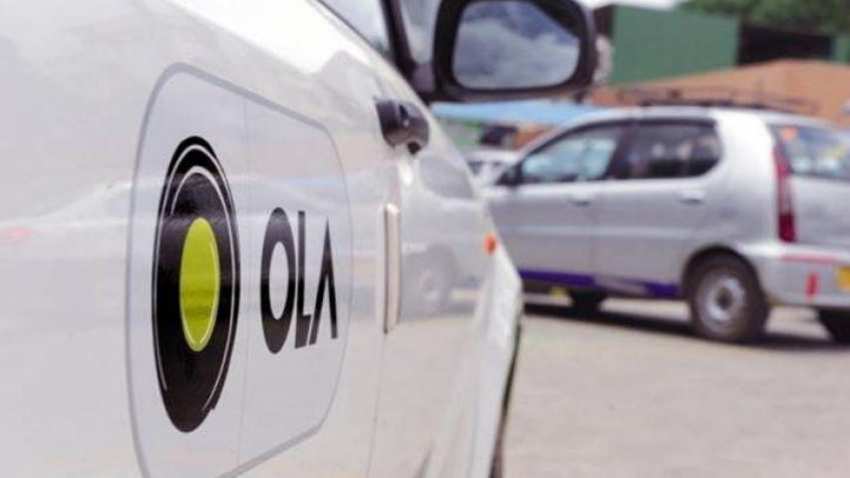Shared mobility, choosing right vehicle segment can ensure success of electric vehicles in India: Ola
Commercial and public transports have "more compelling economics" of using EVs over private cars, given the low operating costs, Ola Mobility Institute report says.

Commercial and public transport systems have "more compelling economics" of using electric vehicles (EVs) over private cars, given the low operating costs of these environment-friendly vehicles, a report by Ola Mobility Institute (OMI) Tuesday said.
The report - based on insights from Ola's EV project in Nagpur - also stated that it would make sense to focus on electrifying vehicles with the highest demand and utility in the Indian context i.E. Two-wheelers and three-wheelers.
"High upfront costs, lack of charging infrastructure and uncertain performance of a battery-powered vehicle may hold back rapid adoption of e-mobility for private users...(also) appropriate prioritisation of vehicle segments for electrification may prove to be critical to the adoption of e-mobility," the report pointed out.
See Zee Business Live TV streaming below:
It added that apart from incentivising purchase of EVs, "usage-based incentives" for electric vehicles will "accelerate innovation, encourage early adopters, enable new business models, and promote low-cost shared mobility services".
The report noted that the highest proportions of passenger-kilometers traveled are by public and shared vehicles. Also, the largest fleets in the country are maintained by government agencies, civic bodies and app-based aggregators.
"Hence, shared, public and commercial transport electric vehicles are better poised to bring down the total cost of ownership as opposed to an EV being used as a personal vehicle," it explained.
The report said the pilot had shown substantial potential for battery swapping as a reliable charging mechanism for small format vehicles.
"During the Nagpur pilot, lithium-ion battery swapping increased the available operating time for three wheelers by 25 per cent compared to fixed battery systems, and by 50 per cent when compared to lead-acid battery powered alternatives," it said.
Additionally, the report also suggested usage of renewable energy to power EV infrastructure that also helps in reducing average electricity expense.
"The Nagpur pilot was designed to provide first-hand experience to inform a viable business model for electric vehicles at scale. We are convinced that the growing base of renewable energy combined with sound policy measures to promote high utilization of electric vehicles can make India an exemplar for market-based electric vehicle ecosystem," OMI Senior Vice President and Head Anand Shah said.
Get Latest Business News, Stock Market Updates and Videos; Check your tax outgo through Income Tax Calculator and save money through our Personal Finance coverage. Check Business Breaking News Live on Zee Business Twitter and Facebook. Subscribe on YouTube.
10:19 PM IST











 After Microsoft Azure, it's time for Indian developers to exit Google Maps: Ola CEO
After Microsoft Azure, it's time for Indian developers to exit Google Maps: Ola CEO Bhavish Aggarwal says exit from Google Maps to save Rs 100 crore/year as Ola moves to in-house mapping tech
Bhavish Aggarwal says exit from Google Maps to save Rs 100 crore/year as Ola moves to in-house mapping tech After CEO, Ola Cabs CFO Karthik Gupta steps down within 7 months
After CEO, Ola Cabs CFO Karthik Gupta steps down within 7 months Ride-hailing company Ola to shut global operations, to focus on Indian market
Ride-hailing company Ola to shut global operations, to focus on Indian market Ola resumes two-wheeler taxi service in Bengaluru with all-electric fleet | Check rates and other details
Ola resumes two-wheeler taxi service in Bengaluru with all-electric fleet | Check rates and other details